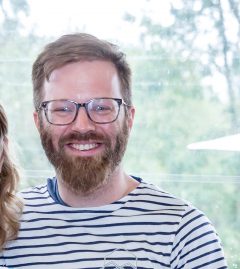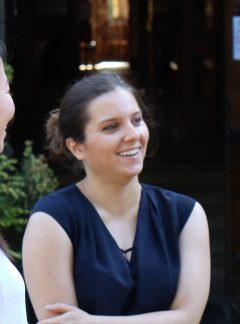Recent publications in several leading journals highlight the breadth of research from the Schmidt Science Fellows community.

Senior Fellow an member of the 2018 cohort, Dr. Wes Fuhrman is part of an international team, alongside PIs Johnpierre Paglione and Nicholas Butch at UMD College Park, that has published a paper in Nature Physics that describes the discovery of a rare phenomenon called re-entrant or “Lazarus” superconductivity in the material uranium ditelluride. This will raise interest in uranium ditelluride as a potential material for use in quantum computers.

Dr Jyotirmoy Mandal, current Schmidt Science Fellow at UCLA, has published work from his PhD at Columbia University as lead author on the optical switching of porous polymer coatings (PPCs) for modulate heat and light. The research is published in Joule from Cell Press. It is hoped that PPCs, which are inexpensive and scalable, will be used to control light and temperatures in buildings.
Jyotimoy Mandal said: “PPCs can be made using common polymers and optically switched using alcohols or water – materials we come across in our daily lives. We hope that this simplicity will enable their use in developing countries, where they would be most impactful.”
Read more about this development at Columbia Engineering.

Senior Fellow, Dr Abbie Groff, a 2018 Fellow and Additional Study Grant recipient at the Whitehead Institute is first author on a paper that details a new technique using RNA-sequencing of embryos as a tool to understand developmental competence. This may one day help to improve in vitro fertilization (IVF) treatment. Dr Groff performs proof-of-principle advancement for assessing embryo competence by combining information about previously established metrics of embryo competence such as morphological quality or karyotype status with full transcriptome sequencing from paired embryo biopsies and the remaining embryo. The research has been published in Genome Research.
“This approach offers a much higher dimensional view of the preimplantation embryo than previously available, which we hope will help us understand why some embryos develop and others do not,” said Dr Groff.